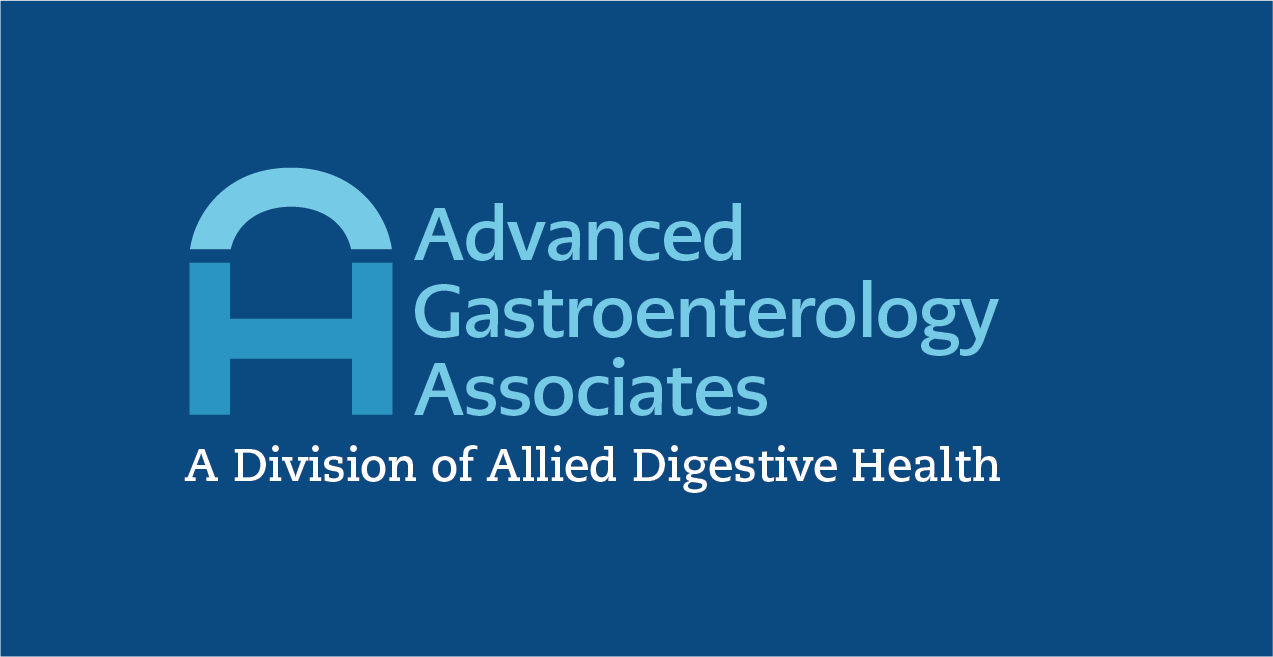What is Percutaneous Endoscopic Gastronomy?
Percutaneous Endoscopic Gastrostomy (PEG) is a procedure where physicians use an endoscope to insert a plastic flexible feeding tube through the upper abdominal wall directly into the stomach.
Why is Percutaneous Endoscopic Gastronomy Done?
Percutaneous Endoscopic Gastrostomy is generally performed on patients who, for various reasons, are no longer capable of eating or drinking enough food and liquids to sustain themselves.
How Does One Prepare for Percutaneous Endoscopic Gastronomy?
The upper GI tract must be empty before the PEG procedure. Generally, no eating or drinking is allowed for 6 to 8 hours before the procedure. Smoking and chewing gum are also prohibited during this time.
Patients should tell their doctor about all health conditions they have—especially heart and lung problems, diabetes, and allergies— and all medications they are taking. Patients may be asked to temporarily stop taking medications that affect blood clotting or interact with sedatives, which are often given during upper GI endoscopy.
Medications and vitamins that may be restricted before and after upper GI endoscopy include:
- nonsteroidal anti-inflammatory drugs such as aspirin, ibuprofen (Advil), and naproxen (Aleve)
- blood thinners
- blood pressure medications
- diabetes medications
- antidepressants
- dietary supplements
Driving is not permitted for 24 hours after the procedure to allow sedatives time to completely wear off. Before the appointment, patients should make plans for a ride home.
How is Percutaneous Endoscopic Gastronomy Performed?
The PEG procedure is conducted at a hospital or outpatient center. Patients will first change into a gown and their belongings will be stored in a secure area. Patients may receive a local, liquid anesthetic that is gargled or sprayed on the back of the throat. The anesthetic numbs the throat and calms the gag reflex. An intravenous (IV) needle is placed in a vein in the arm so sedatives can be administered. Sedatives help patients stay relaxed and comfortable. Most patients fall asleep with sedatives during the procedure. While patients are sedated, the doctor and medical staff monitor vital signs. Patients continue to breathe on their own throughout the procedure.
During the procedure, patients lie on their back on an examination table. An antibiotic is given just before the procedure to reduce the risk of infection. An endoscope is carefully fed down the esophagus and into the stomach and duodenum. A small camera mounted on the endoscope transmits a video image to a video monitor, allowing close examination of the intestinal lining. Air is pumped through the endoscope to inflate the stomach and duodenum, making them easier to see. A small incision is made into the skin layer in the abdominal wall. Thereafter, using other tools, a plastic feeding tube (PEG tube) is placed through the incision into the stomach. The PEG tube is then secured to the skin with a plastic anchor.
What Happens After Percutaneous Endoscopic Gastronomy is Done?
After the PEG tube is placed, patients are moved to a recovery room where they wait about an hour for the sedative to wear off. During this time, patients may have some discomfort at the site where the tube is placed. They may also have a sore throat, which can stay for a day or two. Patients will likely feel tired and should plan to rest for the remainder of the day. Patients and family members will receive education on how to care for and administer feedings through the tube. Patient can start receiving PEG tube feedings usually within 24 hours of the procedure.
What are the Risks Associated with Percutaneous Endoscopic Gastronomy?
Overall, the risks associated with PEG procedure are low. Bleeding and/or infection can occur at the site where the tube is placed. Perforation (a hole or a deep tear in the lining of the gastrointestinal tract) may require surgery, but this is a very uncommon complication. Rarely, injury to other adjacent organs like the colon and liver can occur. Other risks involve complications related to the anesthetics and sedatives (breathing difficulties, aspiration) or complications related to heart and lung disease.
Much of this content is derived from the website: http://digestive.niddk.nih.gov/ddiseases/pubs/upperendoscopy/


